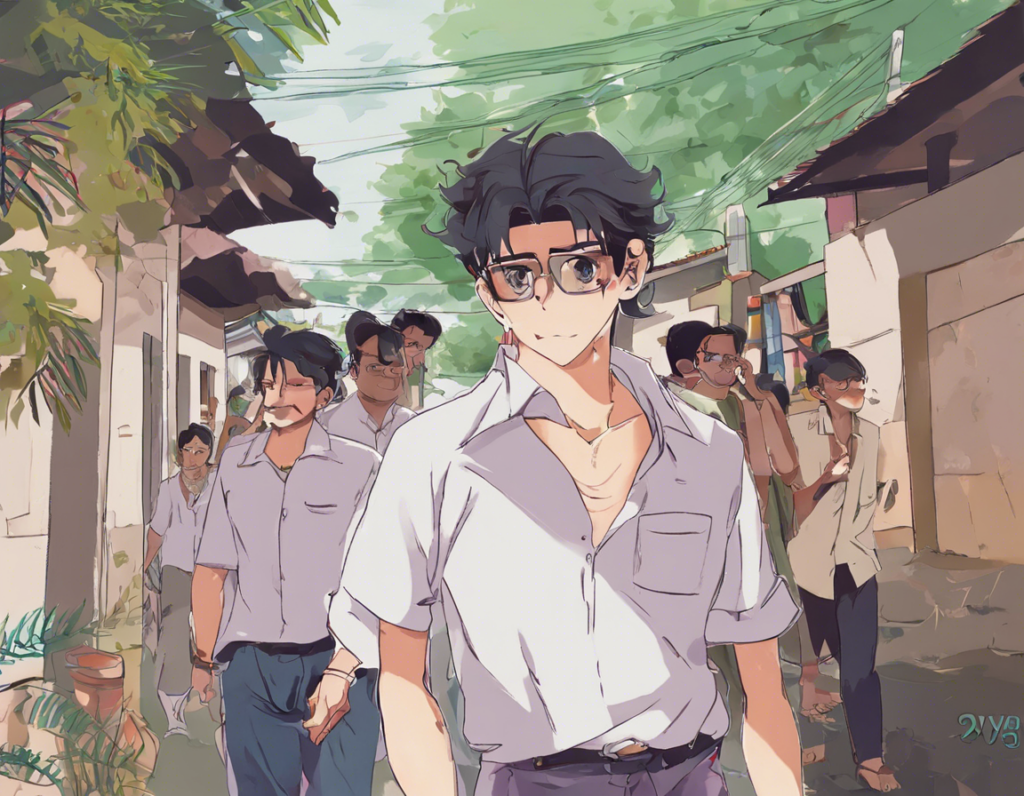Introduction:
K.P. Nannjundiah, better known as K.P. Nannjundi, was an eminent Indian artist who left an indelible mark on the art world with his unique style and impactful contributions. His artistic legacy spans various mediums, including painting, sculpture, and drawing, and continues to inspire and captivate art enthusiasts around the globe. In this article, we delve into the life and works of K.P. Nannjundi, exploring the key aspects of his artistic legacy and why he remains a revered figure in the art community.
Early Life and Influences:
K.P. Nannjundi was born in Karnataka, India, in 1932. His early exposure to the rich cultural heritage of India heavily influenced his artistic development. Growing up surrounded by vibrant colors, intricate patterns, and traditional art forms, Nannjundi developed a deep appreciation for the artistic traditions of his homeland. He was particularly drawn to the folk art and mythology of Karnataka, which are evident in his later works.
Evolution of Style:
Nannjundi’s artistic journey was marked by a continual evolution of style and technique. In his early works, one can see the influence of traditional Indian art forms, with intricate details and symbolic imagery dominating his compositions. However, as he matured as an artist, Nannjundi began to experiment with more abstract and contemporary themes. His later works are characterized by bold strokes, vibrant colors, and a sense of movement that captures the essence of the subjects he portrays.
Themes and Motifs:
Throughout his career, Nannjundi explored a wide range of themes and motifs in his art. One recurring motif in his works is the depiction of rural life in India. His paintings often feature scenes of everyday life in the countryside, showcasing the beauty and simplicity of rural existence. Nannjundi also drew inspiration from mythology and folklore, creating whimsical and fantastical artworks that invite viewers into a world of magic and wonder.
Technique and Medium:
Nannjundi was a versatile artist who worked with various mediums, including oil, acrylic, watercolor, and ink. His mastery of these mediums allowed him to create richly textured and visually captivating artworks that showcase his technical skill and creative vision. Nannjundi’s technique often involved a combination of bold brushstrokes, intricate detailing, and a keen sense of composition, resulting in artworks that are both dynamic and engaging.
Legacy and Influence:
K.P. Nannjundi’s artistic legacy continues to resonate with art lovers and practitioners alike. His innovative approach to art, unique style, and passionate storytelling have cemented his place as one of India’s most celebrated artists. Nannjundi’s influence can be seen in the works of contemporary artists who draw inspiration from his bold compositions, vibrant colors, and emotive storytelling. His legacy serves as a reminder of the power of art to transcend boundaries, evoke emotions, and inspire change.
FAQs (Frequently Asked Questions):
1. What is K.P. Nannjundi’s most famous artwork?
Answer: One of K.P. Nannjundi’s most famous artworks is “The Harvest,” a vibrant painting that depicts the beauty and rhythm of rural life in India.
2. Did K.P. Nannjundi receive any awards for his art?
Answer: Yes, K.P. Nannjundi received numerous awards and accolades for his contributions to the art world, including the prestigious Lalit Kala Akademi Award.
3. How did K.P. Nannjundi’s upbringing influence his art?
Answer: K.P. Nannjundi’s upbringing in Karnataka, India, greatly influenced his art, with the rich cultural heritage and traditions of the region serving as a major source of inspiration for his works.
4. What sets K.P. Nannjundi apart from other Indian artists of his time?
Answer: K.P. Nannjundi’s unique style, bold use of color, and thematic diversity set him apart from other Indian artists of his time, earning him a distinctive place in the art world.
5. Where can one view K.P. Nannjundi’s artworks today?
Answer: K.P. Nannjundi’s artworks can be viewed in various art galleries, museums, and private collections around the world. Additionally, digital archives and online platforms may feature his works for a broader audience.
6. How did K.P. Nannjundi contribute to the Indian art scene?
Answer: K.P. Nannjundi’s contributions to the Indian art scene are significant, as he introduced new artistic techniques, themes, and perspectives that continue to influence contemporary artists in India and beyond.
7. What is the best way to appreciate K.P. Nannjundi’s artistry?
Answer: To truly appreciate K.P. Nannjundi’s artistry, one should spend time studying his works in detail, noting the use of color, composition, and storytelling elements that make his artworks unique and captivating.
8. How did K.P. Nannjundi’s art evolve over his career?
Answer: K.P. Nannjundi’s art evolved significantly over his career, moving from traditional themes and techniques to more abstract and contemporary expressions that reflected his growth as an artist and his changing worldview.
9. What inspired K.P. Nannjundi’s fantastical artworks?
Answer: K.P. Nannjundi drew inspiration for his fantastical artworks from mythology, folklore, and his own imagination, creating a magical world that blurred the lines between reality and fantasy.
10. What message does K.P. Nannjundi’s art convey to viewers?
Answer: K.P. Nannjundi’s art conveys a message of beauty, resilience, and the enduring spirit of India’s people and culture, inviting viewers to explore the nuances of life through his vibrant and evocative creations.
